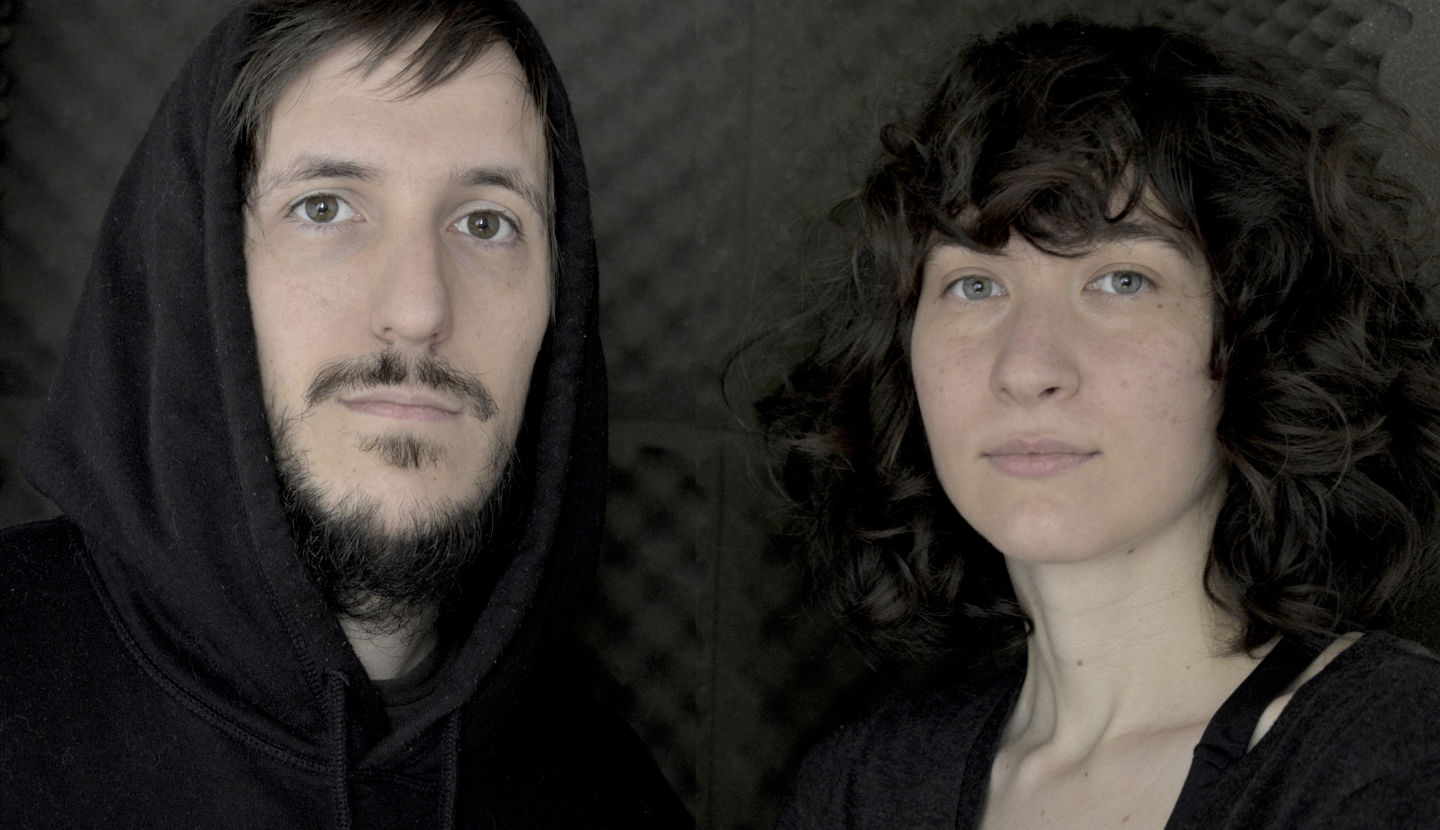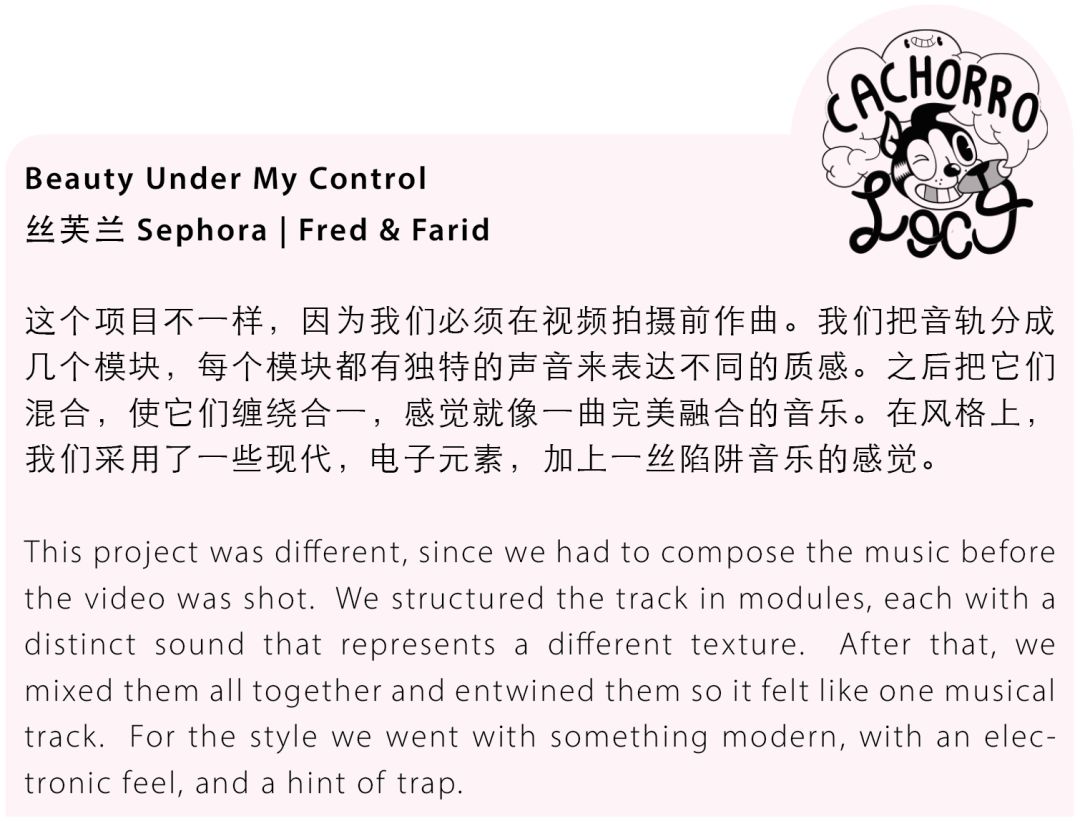
Cachorro Loco: Creating Audio Awesomeness For Animation
September 19th 2019
To keep audio production under our control as much as possible, we recruited maestros Facundo Capece and Lola Richter and expanded their small studio in to a global production company, Cachorro Loco
No matter how beautiful the design or slick the motion, the sound design can make or break an animated film. While we may be able to relate to live action without audio, a silent animation too easily becomes an abstract sequence of shapes, colours and unfamiliar scenes. We need music or sound effects to entice and engage us, then guide us through the story.
Producing sound for animation is a specialised skill. Over the years we’ve worked with audio production houses all over the world, but even the very best sometimes struggle to nail the specific requirements of animation. One common misconception is that animation means cartoons, and cartoons mean crazy sound effects, like the ‘BOING!’ whenever something bounces or jumps.

When we opened Final Frontier, it was important to keep the audio production under our control as much as possible. So we recruited maestro Facundo Capece and expanded his small studio in to a global production company, named Cachorro Loco. The studio’s primary focus is animated commercials, although their folio also includes video game and live action projects. Previous clients across four continents have included MTV, Cartoon Network, Disney, Coca Cola, and Uber, for jobs by FF studios like Le Cube, Niceshit, Wonderlust and Art&Graft.
We caught up with Facundo to ask him a few questions about his journey so far, Cachorro Loco and his working process.

Where did you learn your craft?
I’ve been making music on the computer since forever. First on cassette with no portastudio but recording the instruments with different hand-recorders and then mixing them on the computer with horrible results, haha. Then I learned on my own using programs like Reason, Cubase and Protools, finally ending up using Ableton Live. I used to copy tracks that I like. That way I learned first how to play instruments, like keyboard, guitars, bass, drums, how sounds where created, like synthesisers and sampling techniques, and how the music was mixed and mastered. That, I think, gave me full perspective of how the music was made.

When was Cachorro Loco formed, and how has it evolved since?
Lola and I started working together when I was doing video game sound and music. Around 2014, we started working with Le Cube and from there we started receiving more and more commercial work. Now we’re fully dedicated to that. We’ve recently incorporated a third person, Felipe, who has been working on commercials for years. We work from home: our philosophy is that today’s technology allows music producers and sound designers to work like an animator would. It all comes down to what you can do with your talent.
When Final Frontier opened up, we talked about creating a brand where we play a creative director-type role, but where it’s not just our small crew but rather involves all kinds of different talents from around the world. FF has played a huge role in our development.
What tools do you use?
We use Ableton Live for composing and Protools for mixing. Live is an amazing tool for creating sounds. We don’t use plugins of any kind. We used to have thousands of gigabytes of libraries with all the sounds you can imagine, but the end result was only as good as any other music producer would get using those tools. So we decided to create our own sounds and we start every project from scratch. This way, every time we need an instrument, the setup is different. You can’t repeat the same exact sounds from memory. You know around which frequencies you need to be to create certain effects, but this way they are always different. We like that. When composing we play our instruments, virtual or analog. Most of our string instruments - like guitar, bass, mandolin, ronroco, ukelele - are analog. We have a few synths and effect pedals, but we like to have a mobile set up that allows us to work when traveling.

What about briefs requiring lyrics and vocals?
We can write lyrics if the project requires it, depending on the language. Singers we are not, haha, so we look for talent where needed.
What information do you like to receive in a brief?
If the client knows what they want, that’s always the best start. And if we have room to add our ideas to the mix, that’s always good too. Most of the people we work with love what we do and let us know what they feel the project needs.

What is your all time favourite soundtrack, whether movie, TV or commercial, animated or otherwise?
The music that Geinoh Yamashirogumi made for Akira is amazing, I remember watching that film when I was like 10 and didn’t understand anything, but those “AAAAAHHHHHHH” stuck in my head forever. I also really like the work that Trent Reznor and Atticus Ross have been doing on soundtracks. Gone Girl and The Social Network OST are amazing. Johnny Greenwood is also a good reference point. All of them are very different.